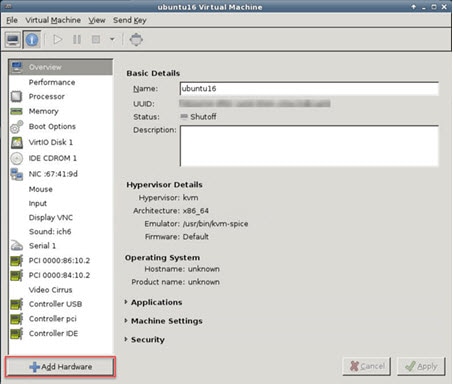ASAv on KVM Guidelines and Limitations
The specific hardware used for ASAv deployments can vary, depending on the number of instances deployed and usage requirements. Each virtual appliance you create requires a minimum resource allocation—memory, number of CPUs, and disk space—on the host machine.
Review the following guidelines and limitations before you deploy the ASAv.
ASAv on KVM System Requirements
Make sure to conform to the specifications below to ensure optimal performance. The ASAv has the following requirements:
-
The host CPU must be a server class x86-based Intel or AMD CPU with virtualization extension.
For example, ASAv performance test labs use as minimum the following: Cisco Unified Computing System™ (Cisco UCS®) C series M4 server with the Intel® Xeon® CPU E5-2690v4 processors running at 2.6GHz.
CPU Pinning
CPU pinning is required for the ASAv to function in a KVM environment; see Enable CPU Pinning.
Failover for High Availability Guidelines
For failover deployments, make sure that the standby unit has the same model license; for example, both units should be ASAv30s.
 Important |
When creating a high availability pair using ASAv, it is necessary to add the data interfaces to each ASAv in the same order. If the exact same interfaces are added to each ASAv, but in different order, errors may be presented at the ASAv console. Failover functionality may also be affected. |






 Feedback
Feedback